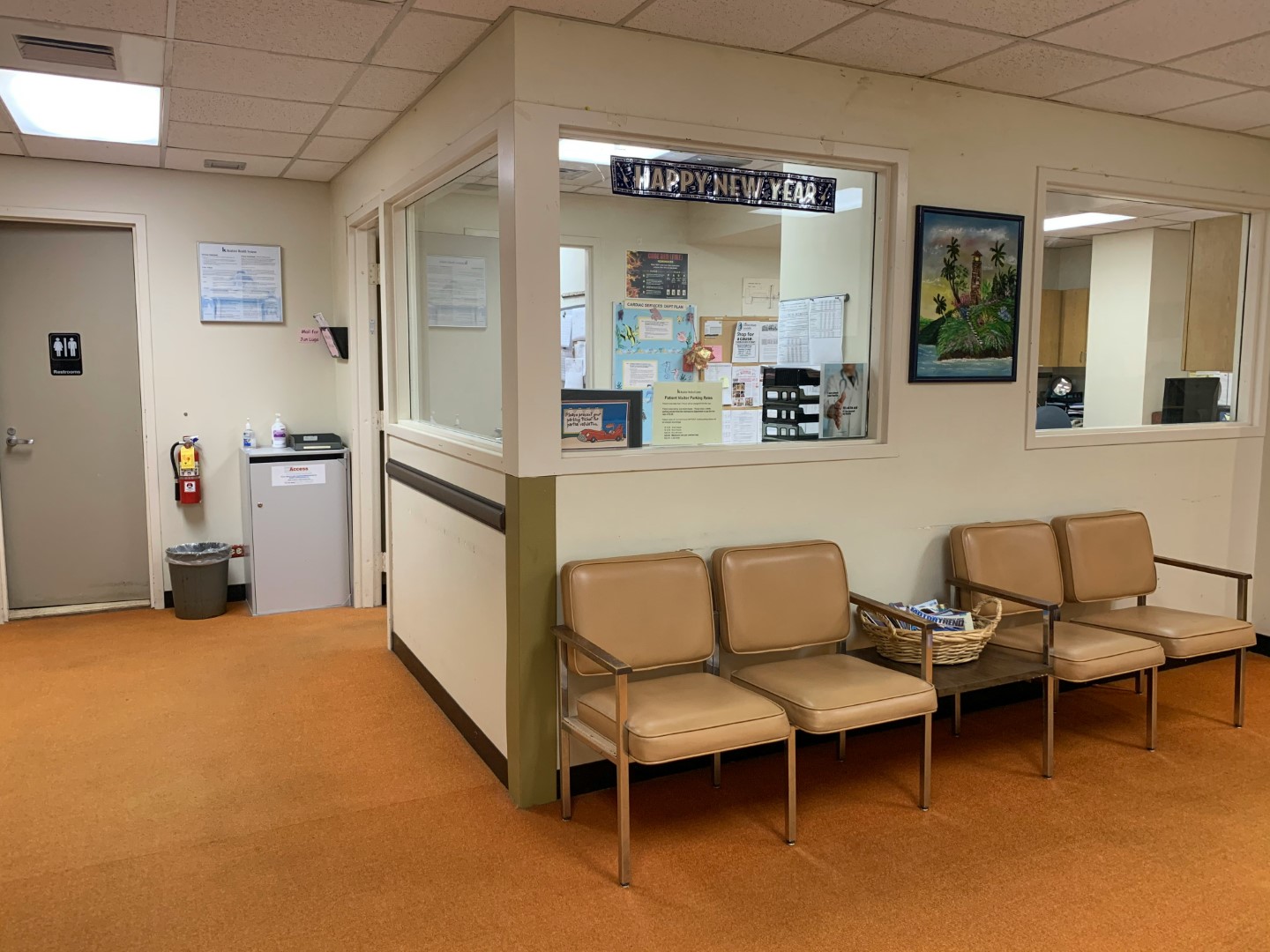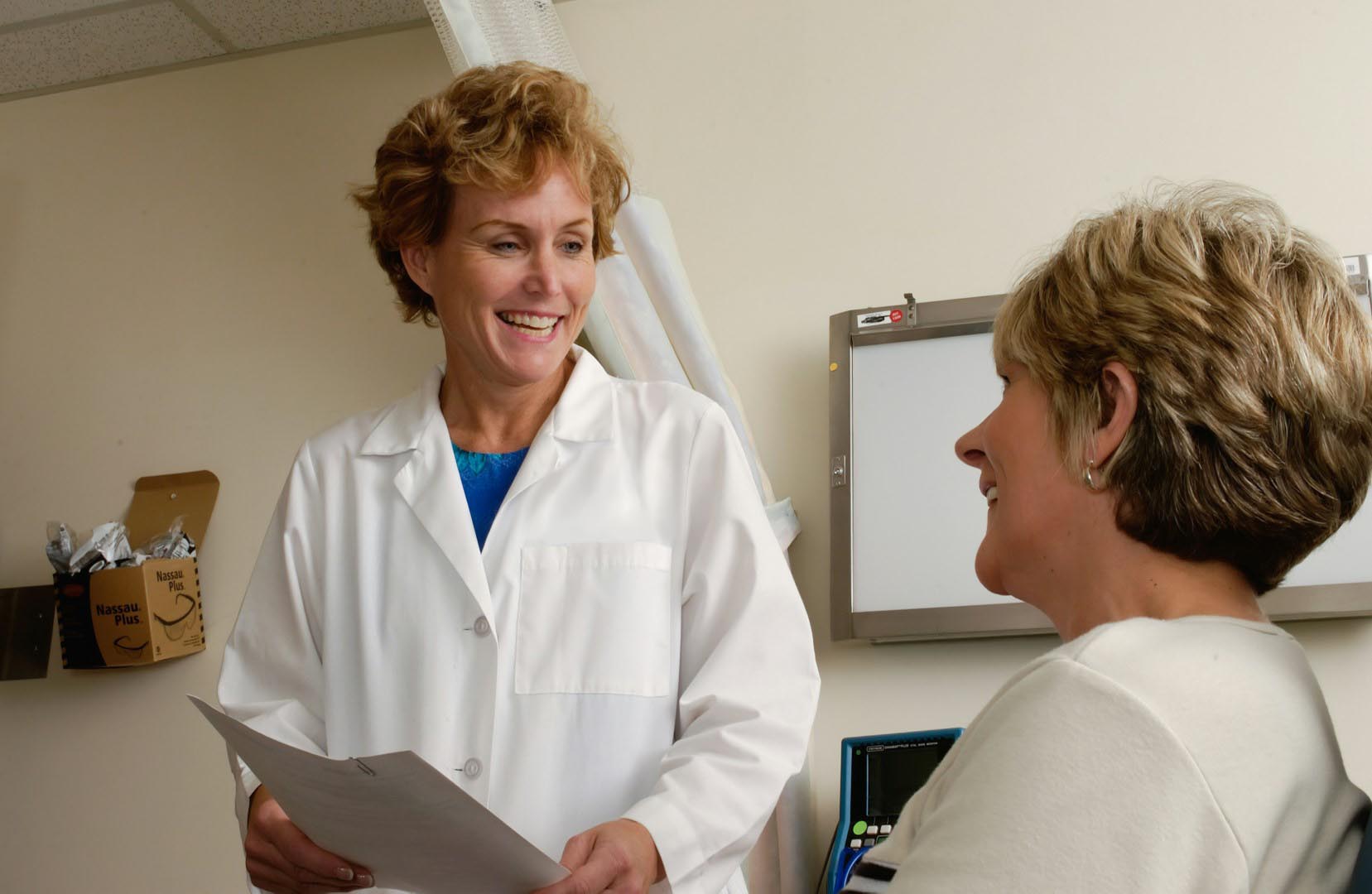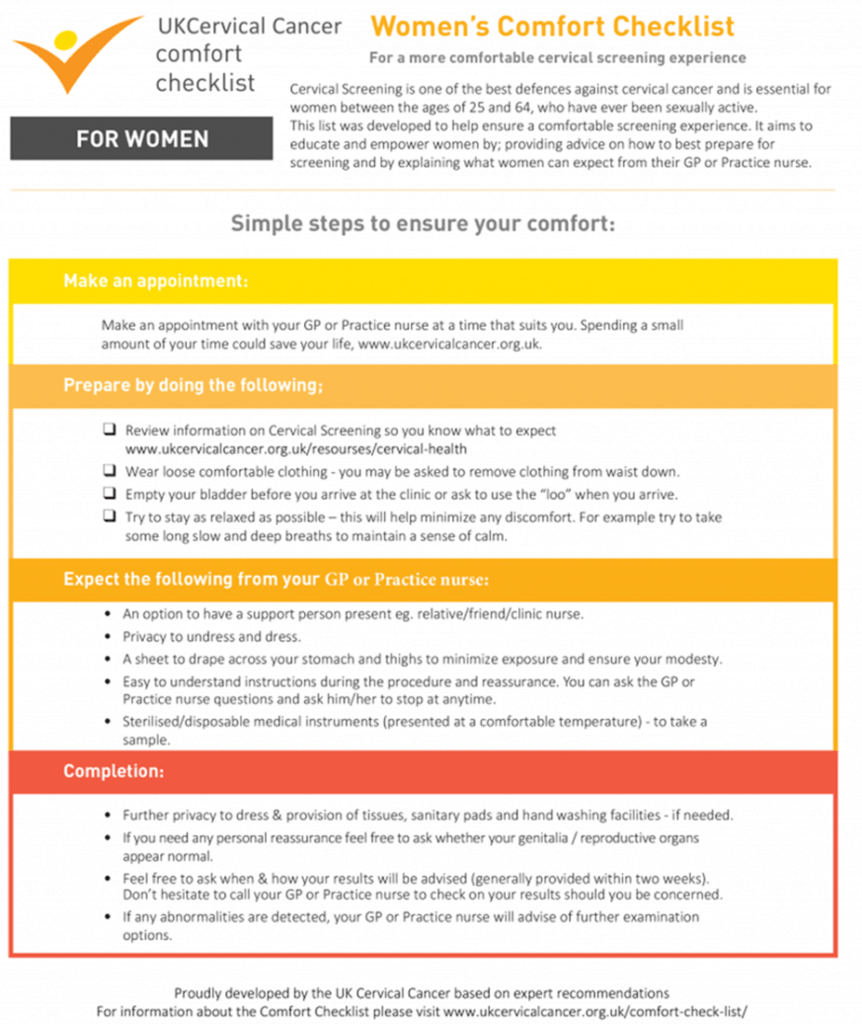What to expect when going for a cervical screening
Cervical screening is a relatively simple procedure that can be over and done with in just a few minutes and should not be painful. Empty your bladder for comfort prior to the procedure. Your health care professional will ask you to remove your clothing from the waist down and lie on your back. It is likely your health care professional will give you a sheet to cover your stomach and thighs to make you feel more comfortable. When you are ready, your health care professional will ask you to bend your knees so they can insert an instrument called a speculum into your vagina. This will usually be a small tube and it holds the walls of the vagina open allowing a clear view of the cervix. This part of the exam can feel slightly uncomfortable or awkward as there may be some pressure on your pelvic area but shouldn't be painful. If you do feel any pain let your health care professional know and they can adjust the speculum. Your health care specialist will then use a brush to gently collect a cells from the cervix. The cells collected are then transported to a lab in a vial of preservative fluid for examination to check for the presence of any cervical abnormalities.
And that's it! You can go about your day. The exam doesn't prevent any activity afterwards. You may have slight spotting after the test, however if you have any pain or heavy bleeding after the test then it is best to let your health care specialist know.
For many women it is important that they feel comfortable with the person who will be doing the test. Take your time to find a health care specialist that you feel comfortable with and make sure you share any concerns or worries you have about the procedure or about your reproductive health or anatomy. Try not to be shy or embarrassed about any question you might have, no doubt the health care specialist or practice nurse has been asked many times before and they can set your mind at ease.
A couple of minutes could literally save your life.



